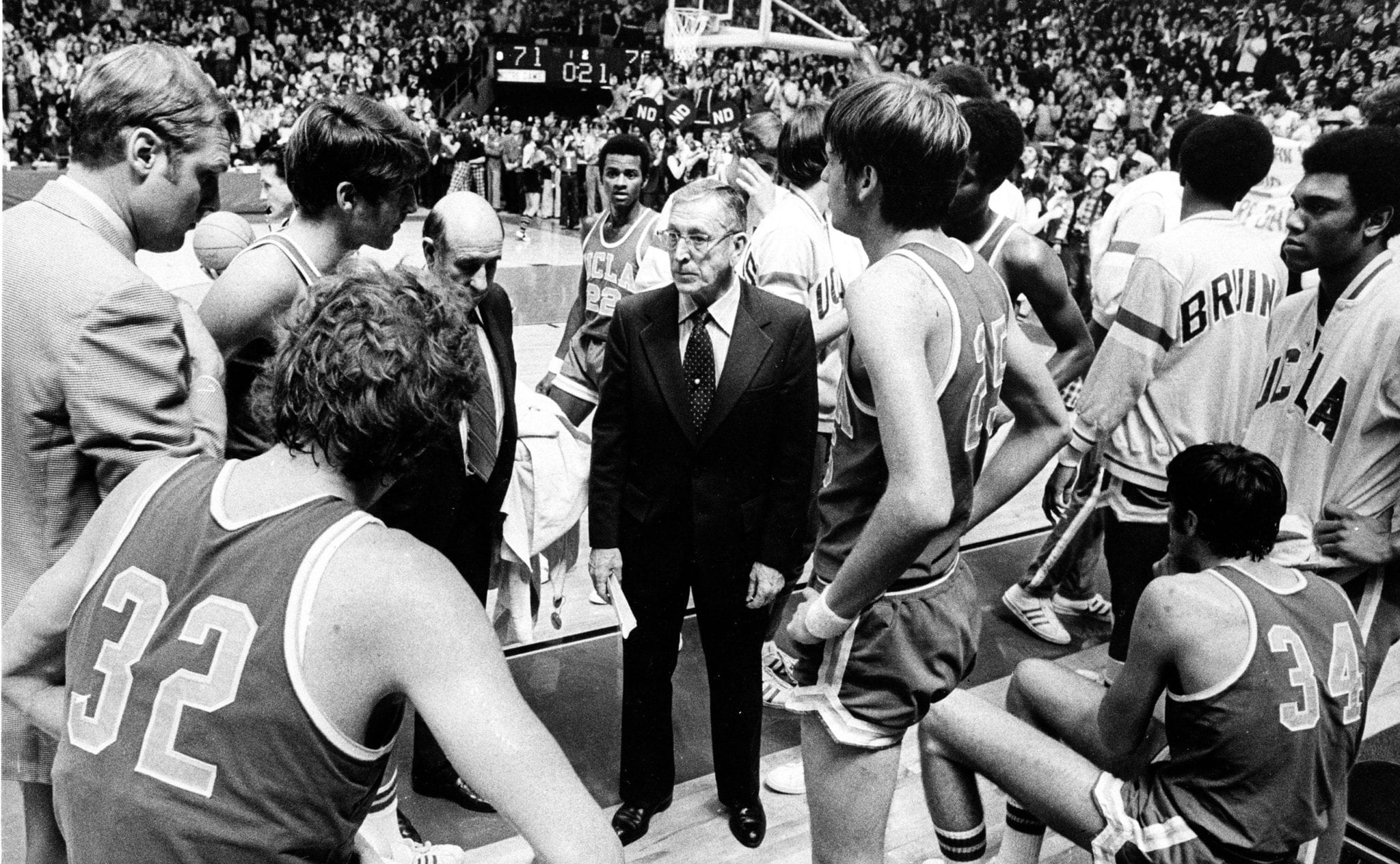A Foolproof Formula for Boosting Your Team’s Motivation
As a leader, your job will be easier if you know how to motivate your team. Coaches who care about their work will be more resilient, innovative, and productive.
However, you may have a long way to go. According to the latest Gallup report, 51% of employees are disengaged in the workplace and 13% are actively disengaged. All growth requires change.
According to Mitch Hull of 3D Institute; All change requires a growth mindset. Change is uncomfortable. Therefore all meaningful change is a process. The process 3D likes to use is called the “Formula for Change,” which was created by David Gleicher in the early 1960s and refined by Kathie Dannemiller in the 1980s.
Here’s how it looks:
Change = Discontent x Vision x First Steps > Resistance
Here’s what the letters mean:
Change – What specific change do you want to make? What do you want to fix? Stop? Start? Learn?
Discontent – What’s wrong? What’s broken? What is it about the present situation that is driving the desire to change?
Vision – You cannot create what you cannot see. What is the preferred vision of the future worth creating?
First/Next Steps – To implement the change you identified, what are the first/next few steps you need to take?
Resistance – Who might want to stop this from happening and why? What can you do to possibly move them to letting or even making it happen?
What can you do to inspire more positivity, and keep discontent & discouragement from spreading?
Try this proven formula for boosting your team’s motivation.
How to Boost Intrinsic Motivation
The most powerful motivation comes from within. Your coaches will choose their own thoughts, but you can create conditions that encourage a growth mindset.
Increase your team’s internal motivation with these strategies:
1. Clarify your purpose. Help employees to understand the reasons behind what they do and how it fits into the bigger picture. Share your vision and mission. Set concrete goals. What is your Transformational Purpose Statement?
2. Facilitate reflection. Ensure that your discussions go beyond tasks and deadlines. Give coaches & team members frequent opportunities to think about how they’re feeling and voice their opinions about what’s working and what needs to change. Ask questions and listen to their responses.
3. Experiment regularly. Value innovation even if the initial results fall short of expectations. Let your team know that you believe in learning from experience and will give them credit for taking risks.
4. Empower coaches and leaders. Resist the urge to micromanage. Show coaches that you have confidence in their judgement and abilities. Let them take responsibility for completing their goals in their own way.
5. Be realistic. It’s easier to be enthusiastic about a project when you know you can do it. Make your goals challenging but feasible. Provide adequate support and resources.
6. Meet one-on-one. Individual sessions can be a forum for addressing personal issues, sharing in-depth feedback, and focusing on development. Aim to meet with each member at least once a week if possible.
How to Boost Extrinsic Motivation
Some external rewards can help too. Even employees who are highly engaged will appreciate targeted incentives and signs that you value their contributions.
Keep these techniques in mind:
1. Gamify tasks. Look for ways to make work more like play. Encourage friendly competition. Browse online for ideas or bring in a consultant who specializes in this area.
2. Plan events. Birthday parties are about more than the cake. Gathering as a group strengthens relationships and team spirit. Put celebrations, outings, and retreats on your schedule.
3. Send gifts. Give coaches free stuff for the winter holidays or as a surprise any time of year. You can design your own items or work with a vendor who makes logo coffee cups and t-shirts.
4. Provide professional development opportunities. More importantly, review your organizational structure to identify paths for coaches to take on more responsibility and grown their coaching skills. Publicize programs like mentorships and growth opportunities.
5. Add variety. A change of pace can be stimulating. Bring in outside speakers for a meeting or start the day with a stretching class. Involve coaches in their job design to help them practice new skills.
6. Create a Positive Culture. The workplace environment matters too. Balance common and private spaces. As a leader it is important to listen. Your coaches need your support.
7. Use surveys. If you’re unsure what your coaches want, ask them. Post surveys online or ask for a show of hands to vote on different options.
It takes effort to turn an organization into an effective team, but the results are worth it. A motivated and engaged coaching staff will enjoy greater job satisfaction and help you reach your team goals.


0 Comments